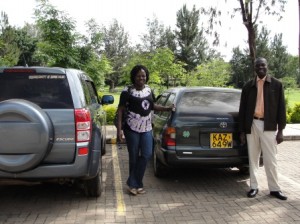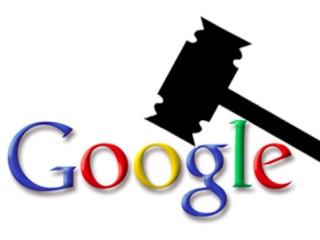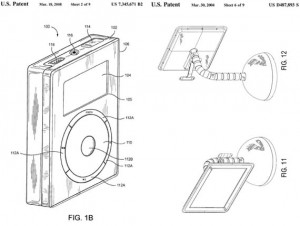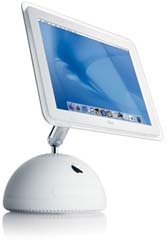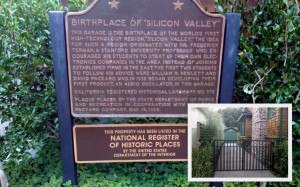 We may typically like to think of our great American inventors as rogue loners toiling away in their humble garages, only to emerge with the next personal computer, or the equally revolutionary light bulb. But apparently that is a myth ready for busting. It may not be romantic, but the real hotbed of invention is in professionally-staffed, fully-funded laboratories.
We may typically like to think of our great American inventors as rogue loners toiling away in their humble garages, only to emerge with the next personal computer, or the equally revolutionary light bulb. But apparently that is a myth ready for busting. It may not be romantic, but the real hotbed of invention is in professionally-staffed, fully-funded laboratories.
This misconception is unfortunate, says Eric Issacs at Slate.com, because it “has a real impact on the way this nation views the importance of the knowledge enterprise and the scientific infrastructure that supports it.” And since patent/legal departments fall under this scientific infrastructure, the argument seems a relevant one.
Issacs issues examples from then and now. Even Thomas Edison, arguably the progenitor of the “isolated-genius-inventor” conception, actually headed up the largest scientific laboratory of the times, with a staff of 40 in New Jersey.
And the garage of William Hewlett and David Packard in Palo Alto? The one that now has a plaque that says “Birthplace of Silicon Valley?” Who knows if that honor could have been bestowed if not for the duo’s access to the electrical engineering resources of Stanford University?
The problem, says Issacs, is that if the public doesn’t recognize the role that institutions play in nurturing ideas and facilitating experimentation, support for those institutions may falter and the real engine of innovation (the un-romantic) could be undermined.
Can we say the same for the patent process? Patents do provide inventors with exclusive rights to market their inventions, though in a similar manner to the inventor-myth above, the “inventors” who own the patents are often corporate conglomerates. Still, it’s the revenue from that period of exclusivity that fund further large-scale laboratory research, and profits that pay the men and women researching behind the scenes—regardless of whether they have a garage or not.
